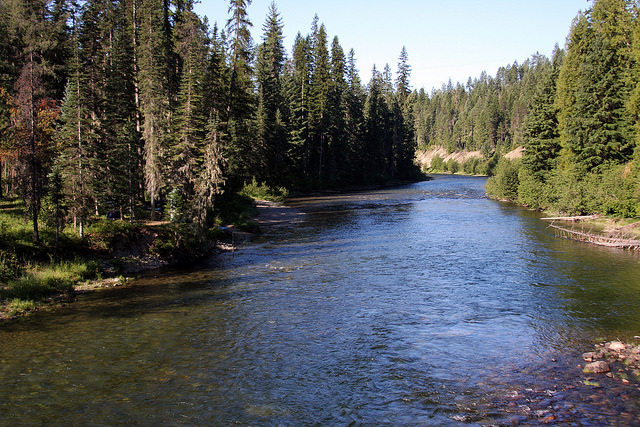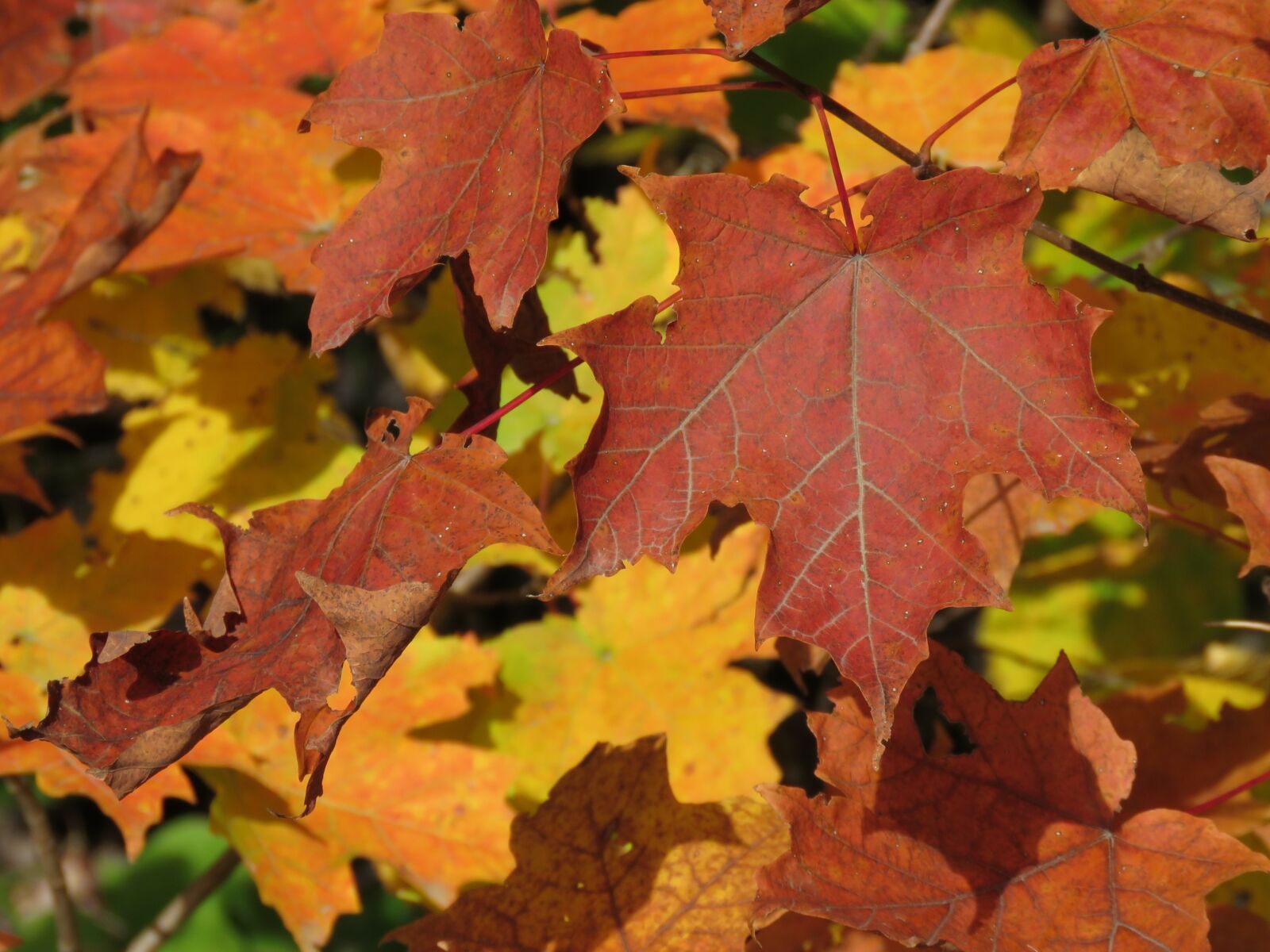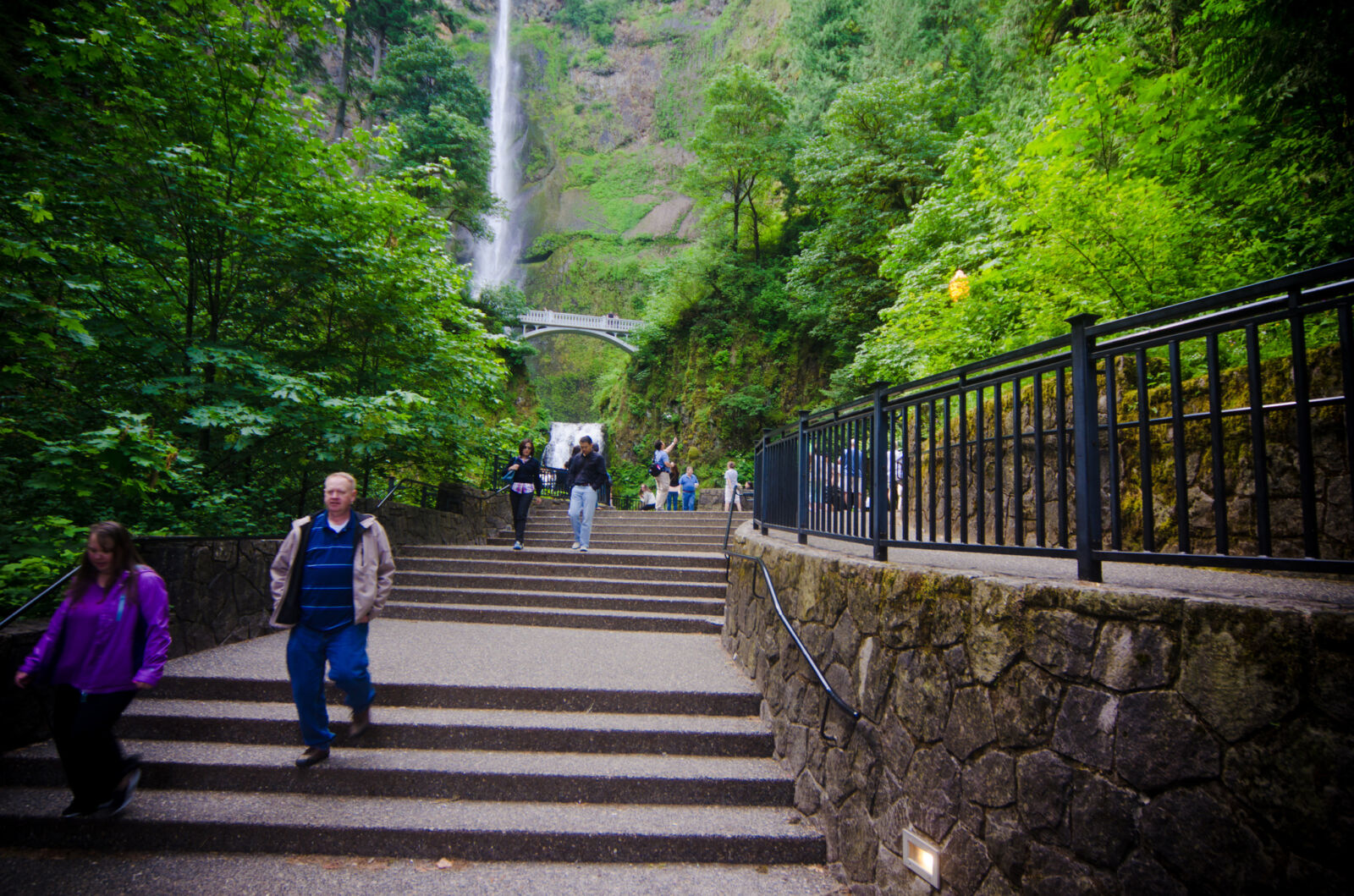When you turn on the tap for a drink of water, forests may have played a role in ensuring its supply and safety.
Forest lands furnish more than 50 percent of our nation’s water supply and 65 percent of the supply in the West. In total, this encompasses about 180 million in more than 68,000 communities, including major cities like Los Angeles, Portland, Denver, and Atlanta.
Specifically, healthy forests capture, store, and filter water. High-elevation forests hold water as snow in the winter, releasing it gradually through the spring and summer in to downstream water supplies. Other forests funnel water into lakes, streams, and groundwater aquifers.

Filters For Your Faucet and Our Farms
Forests also shield water supply from substances that could make us sick if we drink it. Tree roots anchor soil and prevent erosion. Fallen needles, leaves, branches, logs on the forest floor absorb nutrients and sediment before they reach water. These processes have made water from forested watersheds of the highest quality in the nation.
Conversely, when forests are degraded, nutrients and sediment flow into the stream, making the water unsafe for us to drink without additional treatment.

USDA Forest Service photo
These ecosystem services ensure more than our freshwater drinking supply. About 40 percent of freshwater diverted in the U.S. is employed for irrigation on agricultural lands. In 11 Western states, irrigation accounts for 81 percent of all freshwater withdrawals. Those Western crops are of high value, making forests a key contributor to the economic vitality of the West.
Aiding our Cities
The trees offering these services are not just the ones standing in large swaths of protected forests; trees in urban communities also play a critical role in water supply and quality. In fact, trees in urban areas can have a tougher job, since they are tasked with filtering fertilizers, pesticides, oil, sewage, and other pollutants trees in certain National Forests may not encounter.
Additionally, urban forests lend a helping hand to stressed stormwater drainage systems. When a large rain event hits, the rate and volume of stormwater runoff may overwhelm existing stormwater drainage systems, particularly since hard, impermeable surfaces like roads and parking lots cannot absorb water like soil in a forest could.

Trees, on the other hand, can slow down the flow of stormwater, relieving stormwater drainages of massive volumes of water all at once. Their canopy intercepts rainfall, holding water droplets on their leaves instead of sending the droplets straight to the ground. Some of the water even remains in the canopy or returns to the atmosphere through evaporation before ever hitting the ground. If toxic pollutants like raw sewage spills over during the storm, trees can provide a barrier between the sewage system and natural waterways.
When you donate to the National Forest Foundation’s Reforestation Program, you are restoring forests and enhancing the benefits trees provide to our nation’s waterways. Click here to donate today.
This blog post is sponsored by NFF tree planting partner, Fortune Brands, a generous partner since 2018. Along with two of their companies, MasterBrand Cabinets and Fiberon Decking, Fortune Brands helped us plant 50,000 trees on National Forests this to support fresh air, clean water, and wildlife habitat.

